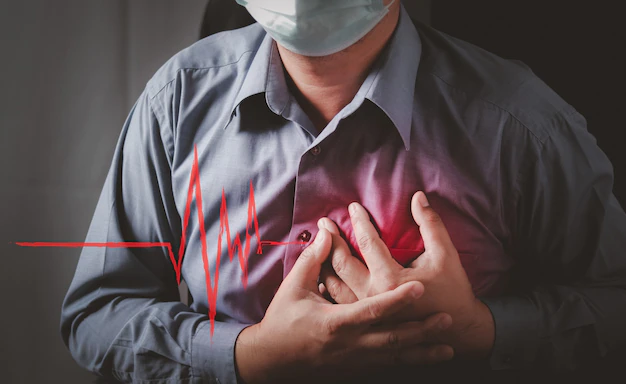What is a Heart Attack?

A heart attack, also known as a myocardial infarction (MI), occurs when there is a blockage in one or more of the arteries that supply blood to the heart muscle. This blockage is usually caused by a buildup of fatty deposits called plaque on the inside of the artery walls, which can rupture and form a blood clot. The blood clot can then block the flow of blood to the heart muscle, causing damage or death of the heart muscle cells.
The symptoms of a heart attack can vary, but common signs include chest pain or discomfort, shortness of breath, nausea, lightheadedness, and sweating. It is important to seek medical attention immediately if you are experiencing these symptoms, as a heart attack is a medical emergency and prompt treatment can help to prevent further damage to the heart.
Risk factors for heart attack include smoking, high blood pressure, high cholesterol, diabetes, obesity, physical inactivity, and a family history of heart disease. Managing these risk factors through lifestyle changes such as quitting smoking, eating a healthy diet, and exercising regularly, as well as medications such as statins and blood pressure-lowering drugs, can help to prevent heart attacks.
